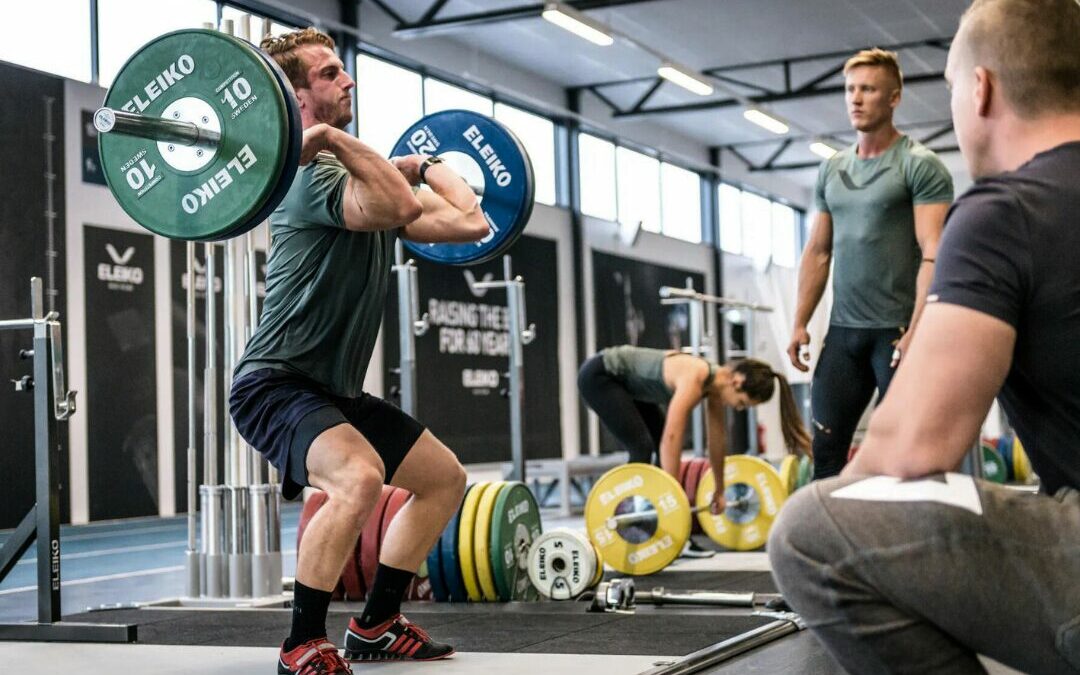What’s the Best Time of Day to Train for Size and Strength by Rodney Corn, Director of Education ELEIKO
Most of us have a time that we prefer to train. For some it’s in the morning, others in the afternoon, and still others prefer the evening. But is there a difference?
It has been well established that maximal voluntary contraction, or maximum isometric strength, peaks in the evening between 16:00-20:00 (4:00-8:00 pm). Exercise performance for a variety of tasks have also been shown to be better in the evening. Even so, is this improvement in performance and strength in the evening period set in stone, or can training change this?
Researchers conducting the highest level of research have shown a few interesting points on this matter. They include:
- Baseline strength levels (assessed by maximal isometric strength) are higher in the late afternoon-evening than in the morning
- Strength training in the morning can increase your baseline strength in the morning to similar strength levels as found in the late afternoon-evening
- Strength training in the evening improves evening baseline strength, but does not improve the morning baseline strength, so a noticeable difference still exists between morning and evening strength levels
- Strength gains are similar whether you train in the morning or evening
- Changes in muscle size are similar for both morning or evening training – though the research on this is fairly sparse
General take aways:
- If you are training for health, wellness, and/or general performance, train at a time that you prefer
- If you are training for specific event or competition, it may be advantageous to at least have some training session around the same time as your event or competition
Reference
Grgic, J., Lazinica, B., Garofolini, A., Schoenfeld, B. J., Saner, N. J., & Mikulic, P. (2019). The effects of time of day-specific resistance training on adaptations in skeletal muscle hypertrophy and muscle strength: A systematic review and meta-analysis. Chronobiology international, 36(4), 449–460.

